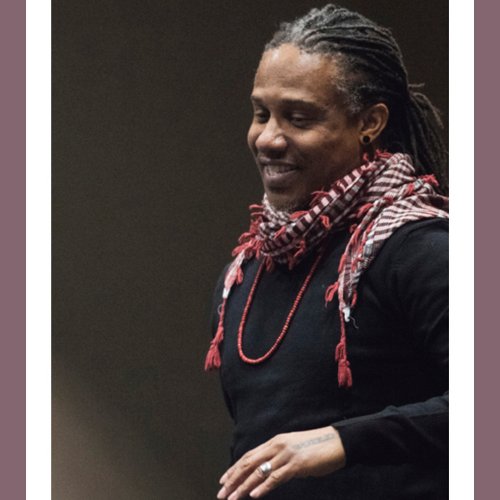2020 BMRC Fellow: David Stoval, PhD

Professor of African-American Studies and Criminology, Law & Justice
University of Illinois at Chicago
Project Title: Engineered Conflict: School Closings, Public Housing, Law Enforcement and the Future of Black Life
Research collected will contribute significantly to a book manuscript that interrogates white supremacy/racism in the form of state-sanctioned structural violence in Chicago. Through the creation of obstruction and failure at the government/administrative level, the city’s recent and historical maneuvers in education, housing and law enforcement operate as material and ideological sites for continued containment and marginalization of large groupings of African-American (Black) residents on the South and West sides of the city. Because school closings, destruction of public housing and local law enforcement are primarily investigated as singular entities, their grouping under the auspices of a “engineered” or planned instability provides a framework to examine the legal, spatial, and educational conditions of Black residents of Chicago in specific communities. In opposed to resting in the despair of the politics of containment, “the future of Black life” section of the book speaks to the work that local organizations are engaging to address concerns of increasing scarcity and displacement. For Black residents of Chicago that reside in gentrifying neighborhoods or in communities on the outer edges of the city, the historical intersection of school closings, public housing and law enforcement, while operating to deny and restrict certain populations, simultaneously provides the material conditions from which to grow resistance. For these reasons, the book manuscript includes a discussion of organizations in Chicago that continue to resist attempts to displace and isolate Black residents.
In the first chapter, the premise of the book is on pairing the convergence of school closings, the destruction of public housing and law enforcement strategies in Chicago as the foundation for engineering conflict between groups. Complicating the process of “improvement” as long-term state sanctioned violence, the chapter speaks to historical and contemporary efforts by city government to mark certain Black communities for either gentrification or extreme isolation and containment. Chapter two contextualizes the increased police presence in the community of Woodlawn. As residents await the final decision on the site for the Obama Presidential Center, police presence has intensified, schools have closed and housing prices have increased drastically. Key to the process of engineering a desired result, Woodlawn is targeted for a certain type of development, where few long-term residents will be able to remain in the neighborhood.
On the West side of Chicago, Austin High School closed and the kids had to travel to an unfamiliar neighborhood, to attend a new school. Because school closings are commonly thought of as the shuttering of a physical building, the chapter three expounds on the idea that there are numerous forms of school closure in Chicago. Given the relationship between school closings and disinvestment, some residents become perpetually contained in spaces that are void of life-sustaining entities (quality education, living wage employment, access to health care, etc). Chapter four interrogates the Plan for Transformation of the Chicago Housing Authority (CHA). Touted as a solution to the problem of disrepair in CHA, the plan in its entirety never came to fruition.
The final two chapters will look closely at law enforcement strategies of the Chicago Police Department in the late 1990s which were specifically aimed at curbing gang activity and illicit drug sales and also three grassroots organizations whose shared mission is to ensure the future of Black life despite the city's attempts to diffuse their work.